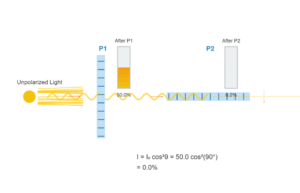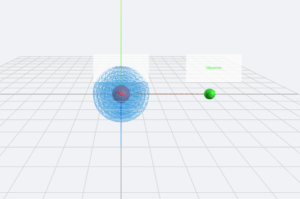Single Slit Diffraction Simulation
This simulation demonstrates the wave nature of light through single slit diffraction. When light passes through a narrow slit, it spreads out and creates an interference pattern of alternating bright and dark regions on a screen. The central maximum is the brightest, with secondary maxima decreasing in intensity on either side.
Physics Explanation
Single slit diffraction occurs when light passes through a narrow opening and spreads out. According to Huygens' principle, each point on the wavefront at the slit acts as a new source of spherical wavelets. These wavelets interfere with each other, creating the diffraction pattern.
The condition for dark fringes (minima) is given by:
a sinθ = mλ (where m = ±1, ±2, ±3, ...)
Where:
- a = slit width
- θ = angle from central axis
- λ = wavelength of light
- m = order of the minimum
The central maximum is twice as wide as the secondary maxima and much more intense. The intensity falls off rapidly with increasing angle from the center.



